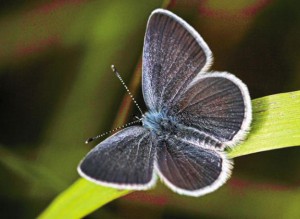
[ The corner of Cedar Road and Brighton Road, where drinkers sometimes congregate. This picture shows Sutherland House – it is hoped that the seat outside Sutherland House can be restored if the problems associated with public drinking in this area can be dealt with ]

Sutton Council has extended what is popularly called the “No Drinking” zone to our Ward.
Even before we were elected, we were aware of the concerns of local residents and the problems of anti-social behaviour associated with a group of what are sometimes called “all day drinkers”. These people often congregated at the Brighton Road / Cedar Road intersection.
Following a number of discussions that we, as Ward Councillors, had with the Council Executive member responsible for public order matters, Councillor Graham Tope, the Council has taken steps in a policy direction that we have advocated, to deal with the problem.
At present, the town centre in Sutton is a “Designated Public Place” – popularly called a “No Drinking” zone. An effect is that the group of people who drink on the street for much of the day congregated just outside the zone, in particular at the street corner at the end of Cedar Road where it meets the Brighton Road. This is close to Forest Dene Court, a large block of flats for elderly people, some of whom have expressed to us their concern about this group of drinkers. Now, the Council has extended the zone to cover an area of Sutton South Ward.
The area covered is a square bordered by Cedar Road, Langley Park Road, Egmont Road and the Brighton Road. The police were able to provide evidence of anti-social behaviour associated with drinking to justify including this area in the zone. Now the zone is extended to this area, the police will monitor the effect. If the problem is simply displaced to a different area, consideration can be given to a further extension.
The legal effect of the Designated Public Places Order is that if someone is drinking alcohol in public in this area the police can ask them to stop. If they do not stop, they are guilty of an offence.
The designation of the Sutton South zone was subject to public consultation. Statutory notices were placed in newspapers and on relevant websites on 11 January. Representations could be made during the consultation period, which ended on 7 February. A second statutory notice was published. The order came into force on 15 March 2011.
As your local Councillors, we are delighted with these developments, which we have pressed for, with the Council. We have had the support of the local police and the Sutton South police consultative committee (whose activities are reported elsewhere on this website, on the page on police matters). As a result of this development the police will be able to spend less time dealing with the anti-social behaviour associated with public drinking and spend more time on their two other priorities for our Ward, car crime and drug dealing.
When the results of the new measures are clear, we hope it will then be possible to restore the seat outside Sutherland House, which was removed as it became associated with public order problems caused by this group of people.















